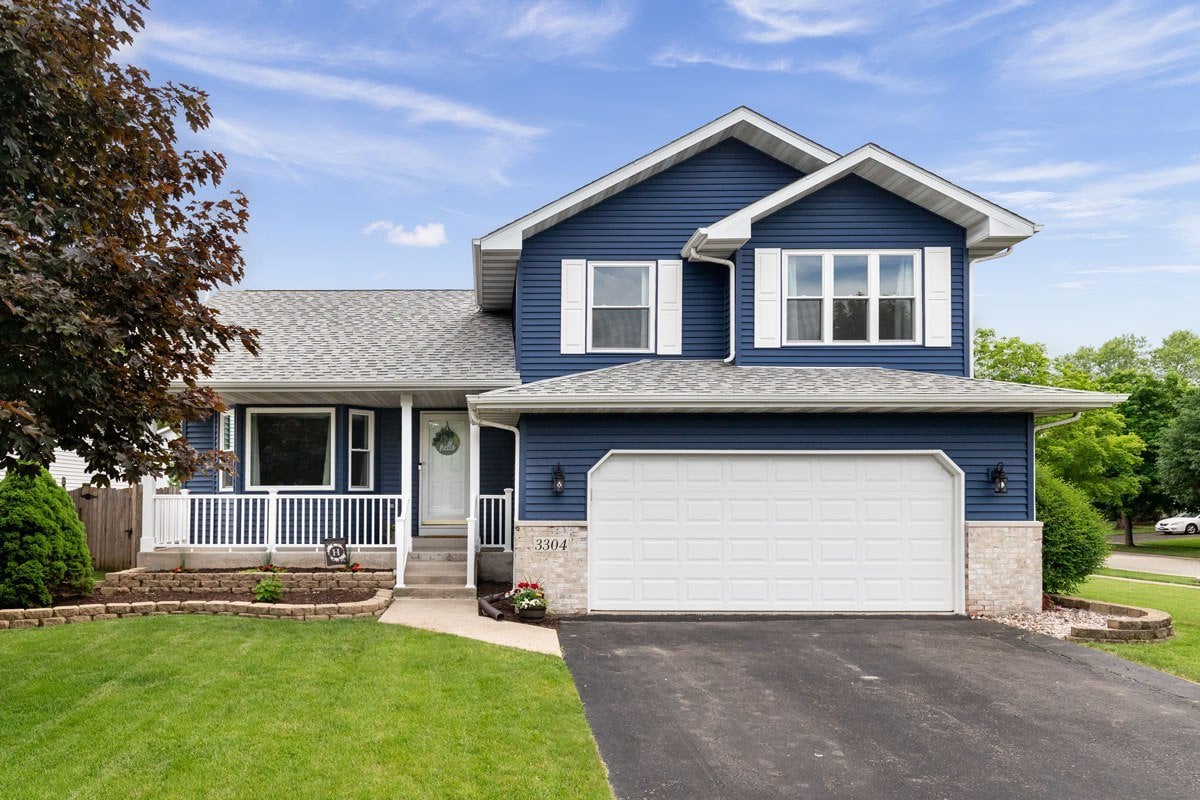
Have you ever wondered if your roof could take part in the battle against climate change? The new generation of homeowners cares more about our environment than ever before, and with that comes questions about sustainability practices within every industry- including roofing.
White roofs are more than just a color choice for your house. They might have a secret power – the ability to make homes cooler and reduce the heat in our cities. But how does this small change make a big difference in our battle against climate change? That's what we're going to find out. RoofCrafters has been a name in roofing for nearly thirty years and we've seen how much times and the concerns of homeowners have changed.
In this article, we'll dive into the science behind white roofs. We'll explore how these roofs might help us save energy, lower our electricity bills, and even cool down our neighborhoods. So, let's begin this journey to discover whether something as simple as changing the color of our roofs could be a hero in the fight against potential climate issues.
White Roofs: Do They Actually Help Fight Climate Change?
Yes, white roofs, or roofs with reflective surfaces, can contribute to fighting climate change by reducing the urban heat island effect and lowering energy consumption in homes.
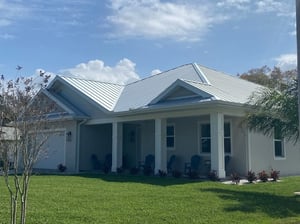
Firstly, white roofs have high solar reflectance, meaning they reflect more sunlight and absorb less heat compared to darker roofs. This reflective property helps in mitigating the urban heat island effect, a phenomenon where cities experience significantly higher temperatures than surrounding rural areas due to the absorption and retention of heat by buildings and paved surfaces. By reflecting more sunlight, white roofs can reduce the heat absorbed by homes, decreasing local temperatures and contributing to a cooler urban environment.
From a homeowner's perspective, a white roof can help in reducing indoor temperatures during hot summer months. By deflecting sunlight away from the house, less heat is transferred indoors, reducing the need for air conditioning. This, in turn, leads to lower energy consumption and reduced electricity bills for homeowners.
Also, less energy consumption means reduced carbon emissions associated with electricity production. By using less energy to cool homes, households relying on air conditioning units or other cooling systems powered by fossil fuels can contribute to lowering their carbon footprint. This small change in roof color can therefore have a tangible impact on reducing greenhouse gas emissions.
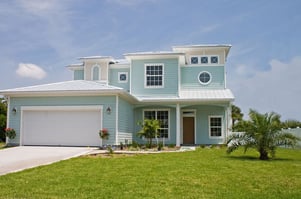
However, it's essential to note that while white roofs offer these benefits in warmer climates, they might not be as effective in colder regions where the additional sunlight absorption can assist in heating homes during winter months.
In essence, for homeowners residing in warmer areas, considering a white or reflective roof during a re-roofing project or new construction could be a step toward fighting climate change. It not only helps in keeping homes cooler, reducing energy consumption, and lowering electricity bills but also contributes to mitigating the urban heat island effect and, consequently, reducing carbon emissions.
What is the Heat Island Effect?
The heat island effect refers to a phenomenon where urban or metropolitan areas experience significantly higher temperatures than their surrounding rural areas. This environmental occurrence is primarily due to human activities and the layout of cities, leading to elevated temperatures in urban regions compared to their non-urban counterparts.
Several factors contribute to the heat island effect. One significant factor is the modification of land surfaces in urban areas. Buildings, roads, and pavements in cities absorb and retain more heat compared to natural landscapes. These constructed surfaces, often made of materials like asphalt and concrete, have higher heat absorption capabilities, causing them to trap and radiate heat, leading to increased temperatures.
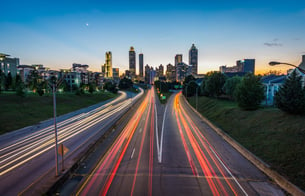
Another contributing factor is the lack of green spaces and vegetation in urban settings. Trees, grass, and plants play a vital role in cooling the environment through a process called evapotranspiration, where plants release water vapor into the air, resulting in a cooling effect. In urban areas with limited greenery, this natural cooling mechanism is reduced, further exacerbating the heat island effect.
Human activities such as industrial processes, vehicle emissions, and the concentration of buildings and infrastructure generate excess heat, contributing to the overall rise in temperatures within cities. These activities produce what is known as anthropogenic heat, which significantly influences the heat island effect.
The consequences of the heat island effect can have various impacts on urban populations, including increased energy consumption for cooling purposes, elevated health risks due to heat-related illnesses, amplified air pollution, and strain on infrastructure and resources.
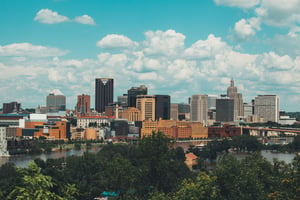
Addressing the heat island effect often involves implementing urban planning strategies that prioritize green spaces, promoting the use of reflective or cool materials for building surfaces, enhancing vegetation, and incorporating sustainable designs to mitigate excessive heat buildup. These measures aim to create more comfortable and healthier urban environments while reducing energy demands and combating the adverse effects of rising temperatures in cities.
Considering a White Roof for Your Home or Business?
As we reach the end of our exploration into the potential role of white roofs in the fight against climate change, it becomes evident that this seemingly small decision could yield significant environmental benefits! Throughout this discussion, we've unraveled the aspects of white roofs, examining their reflective properties, impact on energy consumption, mitigation of urban heat islands, and potential contribution to reducing carbon emissions.
While the concept of white roofs holds promise in curbing the effects of climate change, it's crucial to acknowledge both their advantages and limitations. The reflective nature of these roofs, proven to lower indoor temperatures and decrease energy usage for cooling, presents a tangible way for homeowners to reduce their carbon footprint and lower energy bills. Moreover, by mitigating the urban heat island effect, these roofs can positively influence local climates, fostering more comfortable and healthier environments in urban settings.
Ready to talk to a professional? If you live in one of our service areas, help isn't far away! When you're ready, visit our contact page to connect with one of our friendly RoofCrafters representatives. We're excited to begin your roofing project!
My name is Kevin Mills, and I am the lead estimator for RoofCrafters’ Tampa division. I’m originally from Michigan, and I enjoy hunting, fishing, and spending any free time outdoors. What I’m most passionate about, though, is helping business owners and homeowners alike achieve their roofing goals, all while providing a seamless customer journey.



